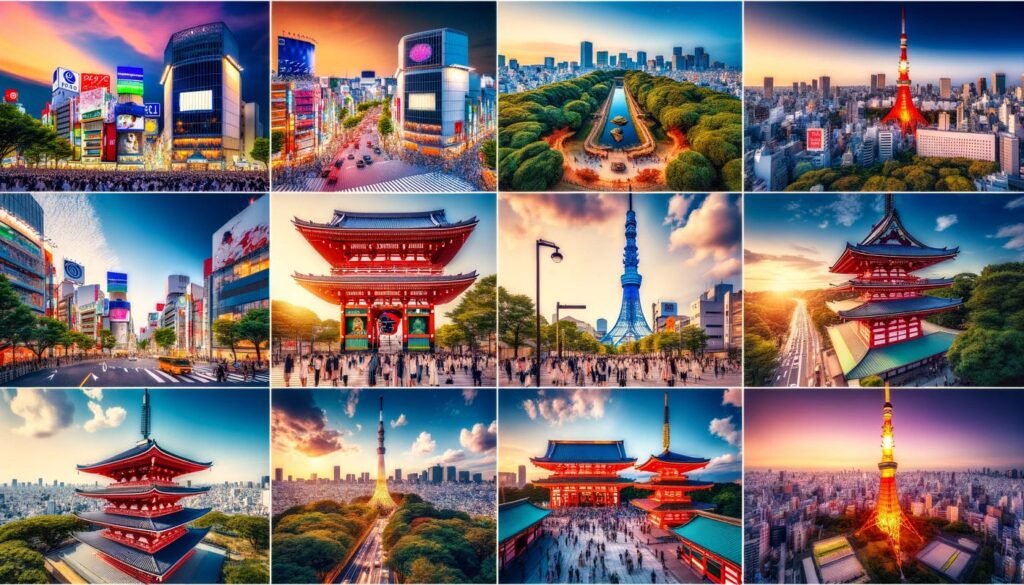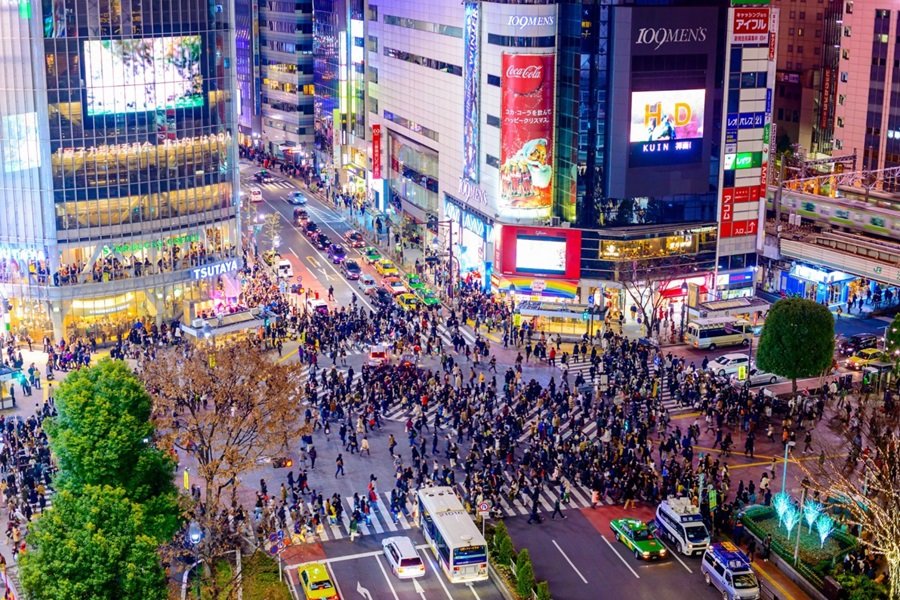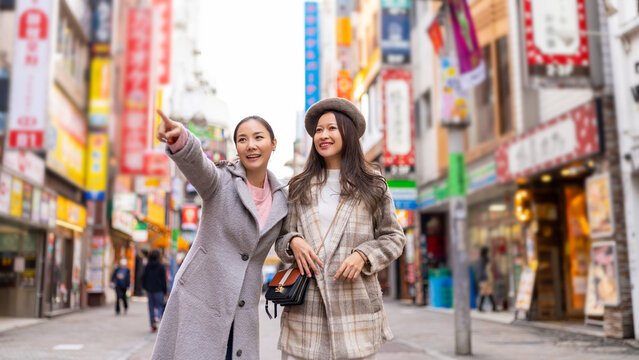The 8 Best Places To Take Pictures In Tokyo is one of Tokyo’s most iconic monuments and a street photographer’s paradise. Shibuya Crossing, the world’s busiest pedestrian crossing, is a mesmerizing view of populations in twisted harmony amidst towering buildings and neon lights. Photographers can photograph this prolific intersection from a variety of viewpoints, including adjacent pedestrian bridges or overhead walkways.
- Shibuya Crossing: The bustling capital of Japan is a city of opposites, whether it be old and new, tradition and innovation. High skyscrapers and neon-lit streets to ancient temples and opulent gardens are to be seen or photographed in limitless opportunities. Here are the top 8 best places to take photos of Tokyo to help you on your photo journey.
- For visitors: Street photographers, the historic Sakura neighborhood enhances the Sensor Temple, Tokyo’s oldest and most well-known temple. The Kaminarimon, the gateway to the temple, features a huge red lantern and distinguishes itself as a focal spot flanked by shops and food booths teeming with people.
- Sakura Shrine: Near Sensor temple, offers ample chances to take a photograph of standard Japanese structures and cultural ceremonies in the setting of abundant green surroundings.
- Enchanting Views: The skyline, photographers should visit Tokyo Skytree, Tokyo’s tallest building. Whether seen from the tower’s 634-meter observation garden or from Tokyo or Sumida Towers at sunset and twilight, the view is extraordinary. At twilight, Tokyo Sky tree is the perfect place to capture Tokyo’s radiant cityscape. The vista of Tokyo Tower’s neon site illumination, shimmering skyscrapers, Mount Fuji on a bright day, and the herky-jerky Sumida River is ideal for photographing.
- Meiji Shrine and Yo yogi Park:
Meiji Shrine, located in the heart of the bustling Shibuya area, is a peaceful sanctuary in the midst of busy Tokyo. There is a large parking lot in front of the shrine, called Yo yogi Park. The park can serve as an ideal spot for photographers, for example, shooting wooden Tori gates, beautiful gardens, and traditional buildings within the shrine and including many groups of people for taking pictures. One of the features of the park is a large open space in which the photographer can create candid or peaceful natural setting images.

- Shinjuku Gyoen National Garden:
Shinjuku Gyoen is one of the largest parks in Tokyo, providing people a peaceful atmosphere to escape the hustle and bustle of the city. It has a variety of spaces, including a Japanese garden, an English garden, and a French formal garden. On-site photographers may capture pure nature’s beauty by shooting trees and ponds with flowers in them, particularly cherry blossoms in the Japanese-style garden in Spring and the autumnal view of leaved trees.
- Odaiba:
Located on an artificial island in Tokyo Bay, Odaiba is a futuristic-redeveloped district characterized by modern architecture, amusement complexes, and picturesque views of the waterfront. One of the locations is the Rainbow Bridge and the waterfront, Fuji TV building, and a Statue of Liberty at the bay can be shot. The city’s most appealing nightlife image is a nighttime recreation, with city lights reflected in the bay.
- Tokyo Imperial Palace:
Set behind expansive gardens and ancient stone walls, the Tokyo Imperial Palace is a majestic testament to Japan’s rich imperial past and cultural tradition. A city line by a moat and gardens and trees with buildings and structures, one can shoot the different pattern of activities. Special photos with events or tour groups are recommended to photograph unique angles with zoom-in for the great closest shot.
Akihabara Electric Town:
Akihabara, or Electric Town, is a busy central district in Tokyo famous for its electronic shops, anime-themed culture, and bustling streets. Akihabara is a photographers’ paradise, offering a dynamic urban environment with shops emblazoned with neon lights, maid cafés, and cosplay stores. The district’s lively vibes and mix of modern and retro elements create a perfect street photography and urban exploration location.

FAQs:
Which are the top spots for pictures in Tokyo?
Shibuya Crossing, Sensor Temple, Tokyo Sky tree, Meiji Shrine, Shikoku Gyoen, Odaiba, Tokyo Imperial Palace, and Akihabara.
Why Shibuya Crossing?
The crowded streets and neon lights are perfect for street photography.
What makes Sensor Temple special?
It provides traditional Japanese architecture and cultural depth for stunning shots.
What can I capture at the Tokyo Sky tree?
A panoramic view of the city, which includes Tokyo Tower and the majestic Mount Fuji.
Why Meiji Shrine and Yo yogi Park?
They provide the perfect balance of natural beauty and cultural significance for a variety of photographic subjects.
What is unique about Odaiba?
It features stunning waterfront views with futuristic modern architecture and a vibrant atmosphere.
What does Akihabara Electric Town offer?
Colorful streets, neon signs, and anime culture provide a dynamic perspective for urban photography.
Are these places suitable for all skill levels?
Yes, each of these spots offers a variety of subjects for photographers at all levels.
Do you have any photography tips?
You should avoid peak hours, use different lenses, and respect local traditions.
How can I know more?
Check out photography information available online, including guides, blogs, and forums.
